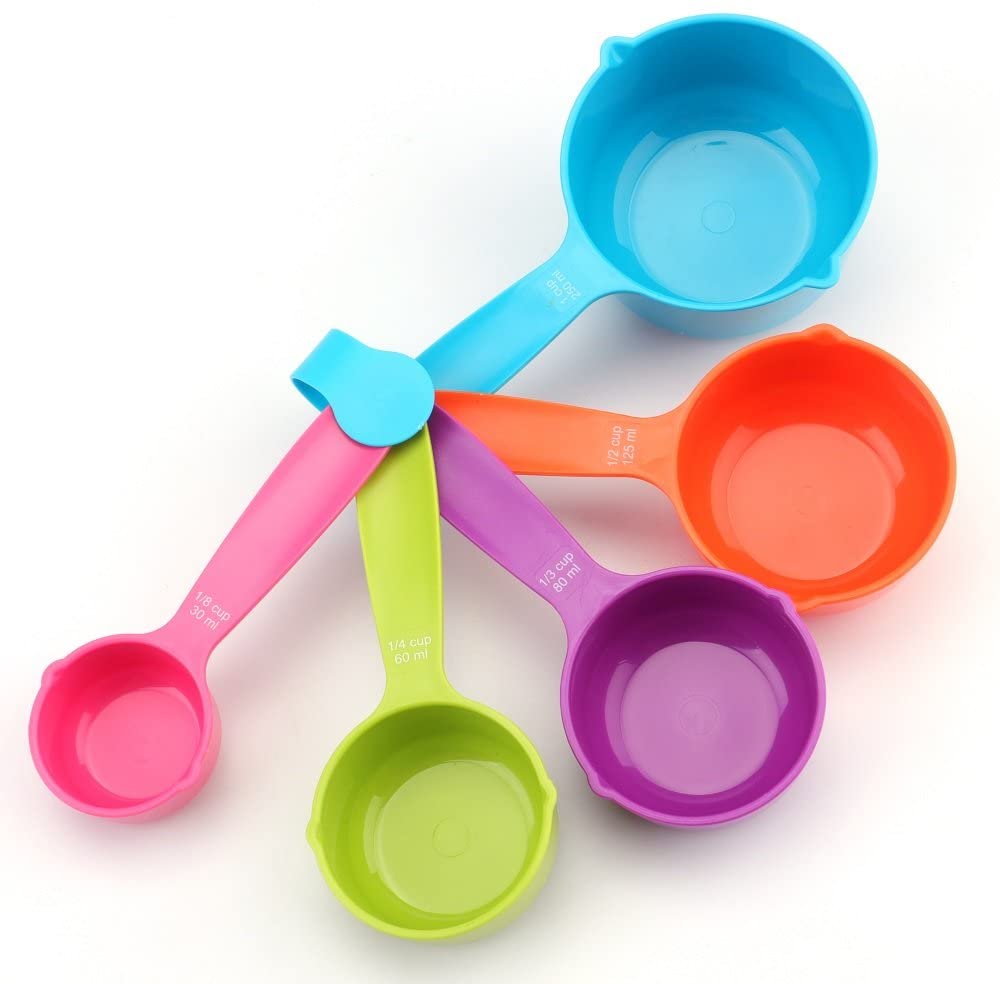
What Is A Cup? What Is A Tablespoon?Ī tablespoon is also a unit of measurement used in cooking and baking. In other words, 12 tablespoons is equal to. That means that if you have 12 tablespoons of liquid, it would equal 6 fluid ounces or 0.75 cups. A cup is a unit of measurement used in cooking and baking that equals 8 fluid ounces. When it comes to how many cups is 12 tablespoons, it’s important to understand what a cup actually is. 12 Conclusion: How Many Cups Is 12 Tablespoons.11.10 Why is it wrong to convert 12 scoops to cups?.
 11.9 What are 12 tablespoons of ingredients?. 11.8 How many cups is 12 large tablespoons?. 11.7 Can 12 tablespoons be measured using a scale?.
11.9 What are 12 tablespoons of ingredients?. 11.8 How many cups is 12 large tablespoons?. 11.7 Can 12 tablespoons be measured using a scale?. 
11.6 How many 50ml cups is 12 tablespoons?.11.4 How many cups are 12 tablespoons of oil?.11.2 Is 12 tablespoons equal to 3/4 of a cup?.11.1 How many cups are 12 tablespoons of wet ingredients?.10 Tips To Measure Cups In 12 Tablespoons.
12tbsp to cups how to#
9 How To Measure Cups In 12 Tablespoons?. 8 How Many Cups Is 12 Tablespoons Of Dry Ingredients?. 7 How Many Cups Is 12 Tablespoons Of Bean?. While technically, a gram is a measure of mass, and weight is actually a measure of force, the two are equivalent as long as we are performing our calculations on Earth.įor example, an object with a mass of 1 gram weighs 1 gram on Earth, but only weighs one-sixth of that on the moon, yet still has the same mass. Grams can be abbreviated as g for example, 1 gram can be written as 1 g.Ī gram is also frequently referred to as a unit of weight. The gram, or gramme, is an SI unit of mass in the metric system. For example, 1 tablespoon can be written as 1 tbsp, 1 T, 1 Tbls, or 1 Tb.Ī gram is a unit of mass equal to 1/1,000 of a kilogram or 0.035274 ounces, and is equivalent to the mass of one cubic centimeter, or one milliliter, of water. Tablespoons can be abbreviated as tbsp, and are also sometimes abbreviated as T, Tbls, or Tb. The tablespoon is a US customary unit of volume. One tablespoon is equal to 14.7868 milliliters, but in nutrition labeling, one tablespoon is rounded to 15 milliliters. The tablespoon is a unit of volume equal to three teaspoons or ½ fluid ounce. Tablespoon measurements converted to grams for commonly used cooking and baking ingredients. The table below shows how many grams of various wet and dry ingredients are in a tablespoon. The actual weight of a tablespoon will vary depending on the density of the material. Keep reading to learn more about each unit of measure. It is common to mix powdered chemicals with liquid, or aqueous, chemicals, and this is where it becomes very useful to convert between weights and volumes. When performing chemical reactions by combining separate chemicals to produce a new chemical, one must know the exact amount of each chemical to add in order to maximize the yield of the reaction. When a scale is not available, a calculator like the one above is a good way to estimate the volume to weight conversion.įor cooking and baking ingredients, you can get more specific results using our butter, flour, and sugar conversion calculators.Īnother useful application of weight and volume conversions is chemistry. The best way to ensure an accurate conversion is to use a scale. The density of dry ingredients can vary for a variety of reasons, such as compaction and clumping. Tablespoons and grams are both commonly used to measure cooking ingredients.įor cooking applications, most chefs suggest measuring dry ingredients by weight rather than volume to improve accuracy in the measurements. Grams = 5 tbsp × 14.7868 × 0.7 g/mL = 51.7537 g When to Convert Tablespoons to Grams If the density is given in grams per milliliter (g/mL), then first multiply the density by 14.7868 to convert to g/tbsp.įor a density given in g/mL, you can use this simple formula to convert: Note that in order for this to work, the density must be in grams per tablespoon (g/tbsp). To convert a measurement in tablespoons to grams, multiply the volume by the density of the ingredient or material. 
Therefore, to convert between tablespoons and grams of an ingredient or substance, we must either multiply or divide by its density, depending on which direction we are performing the conversion. In this case, we need to account for the density of the substance whenever we do a conversion.

Since tablespoons are a unit of volume and grams are a unit of mass, which are different physical quantities, we need to know one more physical quantity of the ingredient or substance to convert between them. He specializes in math, science, and astrophysics. Ethan has a PhD in astrophysics and is currently a satellite imaging scientist.








 0 kommentar(er)
0 kommentar(er)
